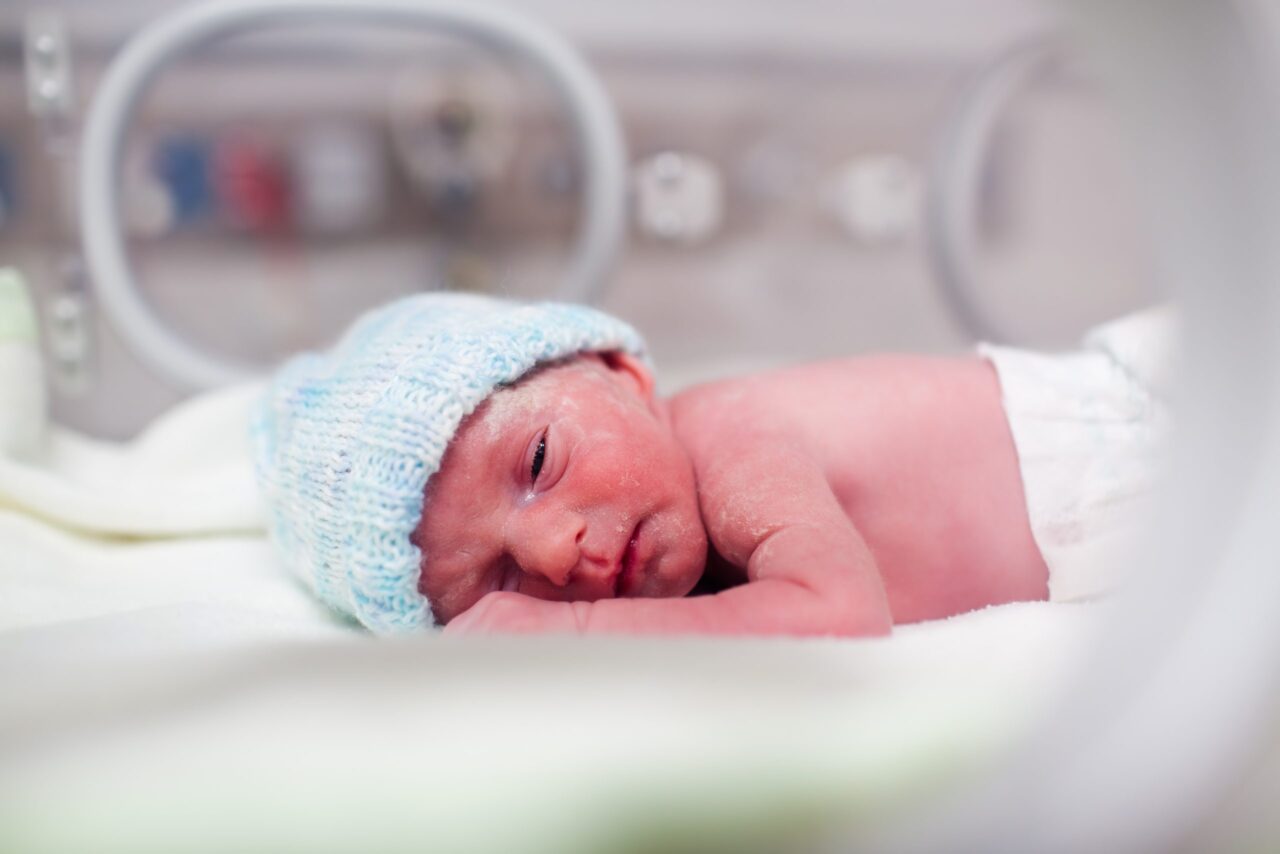Jaundice is the yellowing of the skin and mucous membranes caused by the accumulation or deposition of bilirubin. In newborns, the pathological increase in bilirubin is most often secondary to the destruction or lysis of red blood cells, since the concentration of these cells is higher in the fetus in order to make better use of the scarce amount of oxygen available in the uterine interior.
Just over half of newborns have visible jaundice in the first week of life. Almost all hyperbilirubinemia in the immediate neonatal period is unconjugated, and is called indirect bilirubin, according to the oldest laboratory measurement methods; conjugated bilirubin is called direct bilirubin.
Pathophysiological mechanism involved in jaundice
After the birth of the newborn, the large number of red blood cells is no longer needed, so a large number of them are naturally destroyed, thus causing an increase in the release of hemoglobin to the circulatory torrent that will be subsequently converted to indirect or unconjugated bilirubin (liposoluble) by a series of biochemical reactions. The serum bilirubin concentration required to cause jaundice varies according to skin tone and body region, but jaundice is usually visible in sclerotics when bilirubin reaches a concentration of 2-3 mg/dL and on the face at around 4-5 mg/dL.
Indirect bilirubin can cross the blood-brain barrier, causing neuronal damage when it is present in excessive amounts due to its neuronal toxicity effect, which can cause permanent neurological sequelae in the patient. being neurotoxicity, the main consequence of neonatal hyperbilirubinemia, as it can cause an acute encephalopathy that can leave a variety of neurological disorders, including cerebral palsy. That is why this pathological condition should be prevented by maintaining safe levels of bilirubin in the blood, being phototherapy one of the most used techniques for this purpose.
How is neonatal jaundice treated?
Neonatal jaundice is treated through a therapeutic methodology called phototherapy, which consists in the irradiation of light on the naked skin of the child at the local level. The light penetrates into the inner light of the skin blood capillaries triggering a series of photochemical reactions on the bilirubin producing non-toxic and water-soluble metabolites that are easily eliminated through urine and feces.
The protocol of phototherapy is based on the placement of a light at a distance of 30-40 cm from the naked body surface of the newborn previous placement of radiopaque glasses and removal of any cream or lotion of the skin. You should be aware that the administration of phototherapy will depend on the figures of bilirubin, age of life, gestational age at birth and clinical status of the newborn. Phototherapy allows to treat neonatal jaundice safely, innocuously, easily and with efficient results, especially in the case of premature newborns.
What do we offer you in Kalstein?
Kalstein is a company MANUFACTURER of medical and laboratory equipment of the highest quality and the best technology at the best prices in the market, so you can make your purchase confidently with us, knowing that you have the service and advice of a company specialized in the field and committed to innovation. This time we present our Child Bilirubin Phototherapy Unit YR02194. Our line of phototherapy products provides you with the reliability and stability of LED light intensive phototherapy for your baby patient. The unit has a long life span providing 20,000 to 30,000 hours of light therapy. This device has the following features:
- LED fluorescent lamp as radiant elements of phototherapy.
- The curing angle of the lamp can be adjusted horizontally.
- The height of the lamp head can be adjusted.
- The stainless steel bracket can be adjusted.
- Wheels can be locked
- Timer to record phototherapy operation.
- Use in incubators, irradiant heat moses and any type of moses.
For more information we invite you to take a look HERE

